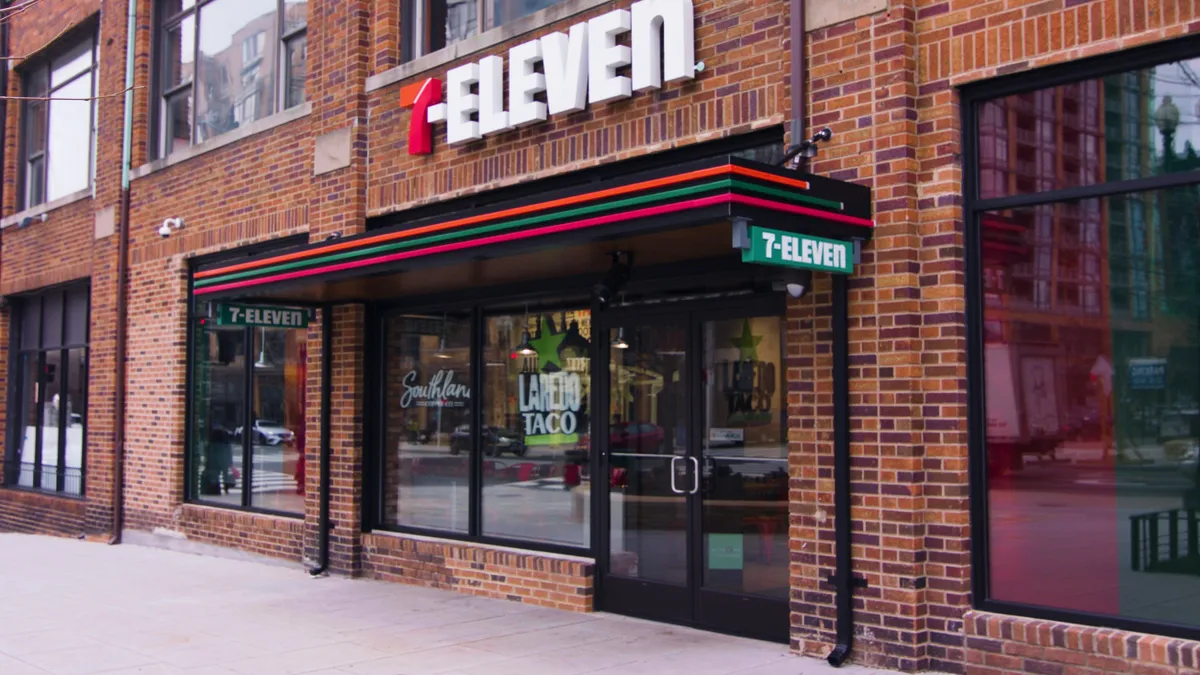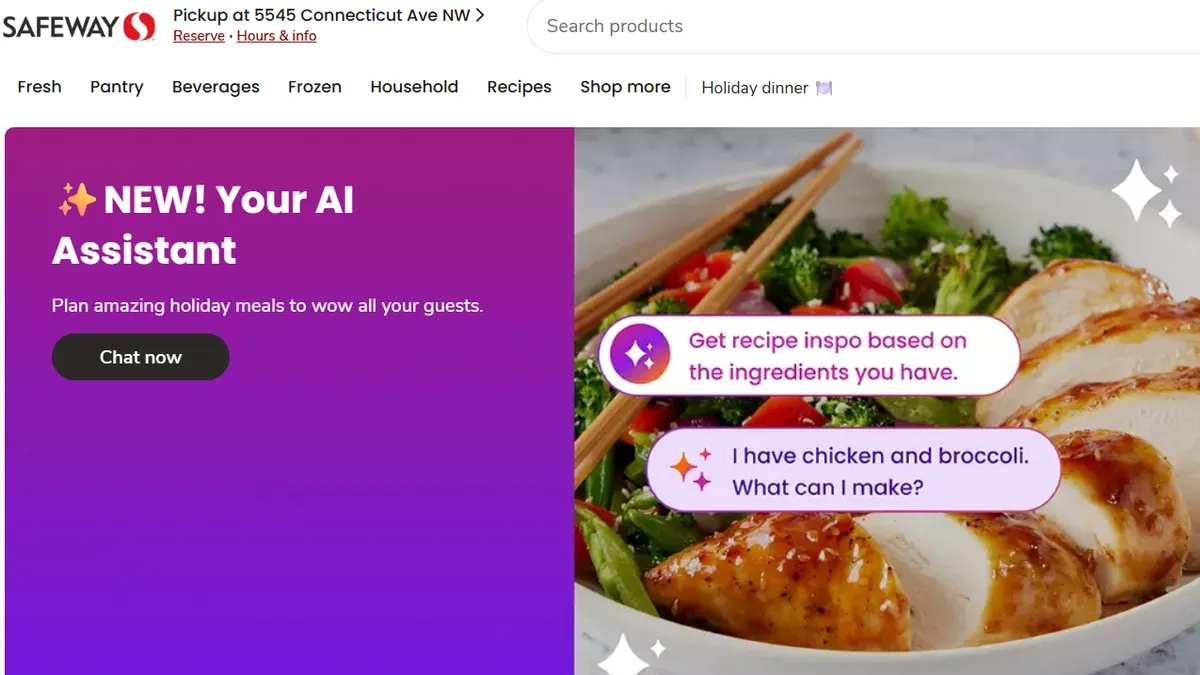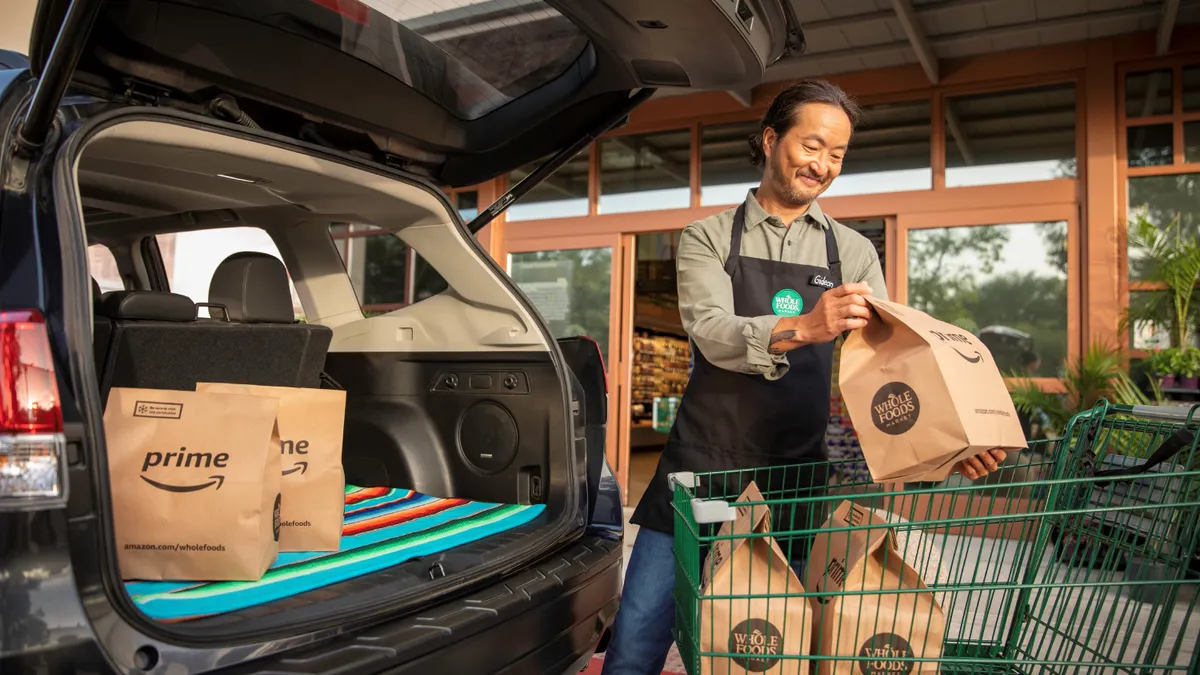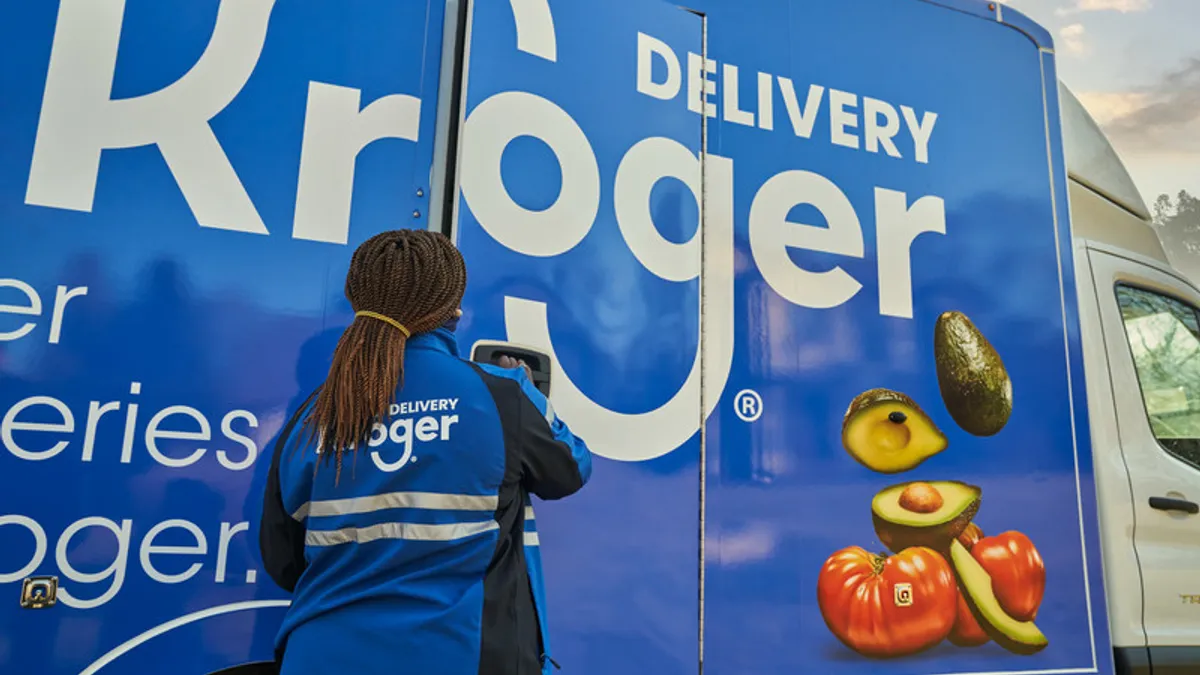Frank Beard is a convenience retailing consultant and speaker who resides in Des Moines, Iowa. He is also the co-host of the In-Convenience Podcast.
It’s cliché to say that channels are blurred, but sometimes a reminder is necessary.
Last year, an event organizer turned down my pitch to speak at a grocery conference, noting that while she found my topic interesting, she felt sponsors and retailers wouldn’t want representatives from outside channels to attend.
I found this fascinating because grocers have lost ground to other channels for the past thirty years. According to Inmar Analytics, traditional grocery stores claimed 90% of the market share for groceries in 1988 but only 44% in 2018. Over the same period of time, non-traditional channels rose from 2% to 40% while convenience stores went from 8% to 16%. Clearly grocers need to pay attention to adjacent channels.
The landscape is about to become even more diffuse over the next few years. The pandemic paused our routines and taught many of us how to acquire groceries without spending an hour walking around an 80,000-square-foot warehouse. One estimate suggests that grocery delivery and pickup increased from $1.2 billion in August 2019 to $7.2 billion in June 2020.
It’s clear that grocers are chasing large baskets. But speaking as a consumer, that’s not always what I’m looking for. One of my local grocers requires a $30 minimum per online order. Instacart doesn’t, but I still have to schedule deliveries or select an option that could result in a wait of two hours. That doesn’t help me if I need something right now.
Others are figuring out solutions that speak to these weaknesses. That’s one reason why grocers would be wise to pay close attention to the delivery war that’s brewing in convenience retail.
Although 7-Eleven beat Amazon to the first FAA-approved drone delivery, the fuel and convenience retailing industry as a whole took more of a wait-and-see approach until the pandemic forced their hand. In March and April, many leading brands scrambled to sign partnerships with third-party platforms.
But this raised an obvious question: Why can’t the third-party platforms create their own competing offers? After all, they certainly have enough data to predict demand.
As it turns out, DoorDash already has. On Wednesday, the company unveiled DashMart, a service that sells more than 2,000 products, including ready-made meals and groceries, in eight cities. According to an early July report by Matt Newberg at HNGRY, the company is utilizing its own network of warehouses, similar to ghost kitchens, to fulfill orders, which arrive at consumers' homes in as little as 30 minutes.
I’d be more surprised if DoorDash didn’t do this. After all, goPuff has shown since 2013 that e-commerce really can satisfy immediate consumption. With 200 warehouses serving more than 500 markets, goPuff delivers thousands of SKUs in 30 minutes or less for a flat fee of $1.95. Those who join the goPuff FAM membership program can waive fees altogether for only $5.95 per month.
This should be particularly concerning for convenience retailers. Now that the dust is settling from April, when online sales began to surge, they’re finding out that it’s hard to maintain a competitive offer through third-party platforms. Not only are these platforms designed to feature restaurant menus rather than 2,000 SKUs, but state laws sometimes restrict the delivery of age-restricted products through third parties. This is concerning for an industry that relies on alcohol and tobacco sales. It also makes it difficult to compete with apps like goPuff since convenience stores have to raise prices to offset third-party fees. On top of that, consumers are forced to pay service charges of 10% to 15% plus delivery fees.
As an example, I recently assembled three delivery orders in the Phoenix area. Each contained four cans of Bang Energy drink.
DoorDash’s service sold each can for the same price as goPuff. Although the dark store was cheaper overall due to lower estimated taxes, goPuff would have claimed the advantage as the basket grew larger. This is because DoorDash used a percentage-based service charge with no delivery fee while goPuff assessed its flat delivery fee.
However, those were both significantly cheaper than a major convenience store chain that was listed on DoorDash. In fact, this retailer was 17.47% more expensive than the dark store even with the delivery fee waived for my first order. Had the fee been there, it would have cost 36.19% more. This is partly due to higher estimated taxes, but it’s also because their pricing was higher. The actual product was 13.38% more expensive — likely to offset the cost of using DoorDash.
Convenience retailers will figure out solutions in time. They’re extremely resilient, and companies like Vroom Delivery are already working with retailers to help facilitate their own delivery services that include age-restricted products.
But grocers would be wise to pay attention, as well. Their failure to satisfy impulse may be an issue moving forward. Beyond time slots and order minimums, many fail to make alcohol available. My favorite local grocer requires curbside pickup for alcohol even though goPuff can bring me a bottle of whiskey. That’s likely because the grocer uses third parties to make the delivery. In the end, it’s inconvenient for consumers who want what they want, when they want it.
Predicting the future is a bad business in any year — especially this one. But if I had to guess, I’d say two things are about to happen. First, behaviors that emerged due to health concerns will stick because of convenience. Much of “middle America” isn’t even concerned about COVID-19. As I write this, my local theme park is hosting a “Reclaim Your Summer” concert.
Second, the competitive landscape is about to get much worse. I don’t think any of us would be surprised if a VC-funded startup showed up tomorrow and began delivering fill-in groceries from shipping containers in empty Sears parking lots. Indeed, Reef Technology is already doing something similar with ghost kitchens.
Even Uber has thrown its hat into the ring. The company recently announced plans to launch grocery delivery in limited U.S. markets after extensive testing with both grocers and convenience retailers. Uber claims that orders increased by 197% since March.
I think it’s time that we all look around and broaden our perspectives. Rather than keeping discussions to our own insular channels and communities, let’s learn from each other. From quick-service restaurants and fast casuals to department stores and yes, even convenience stores, there’s a lot to unpack this year.
Besides, consumers never really saw channel division in the first place.


















